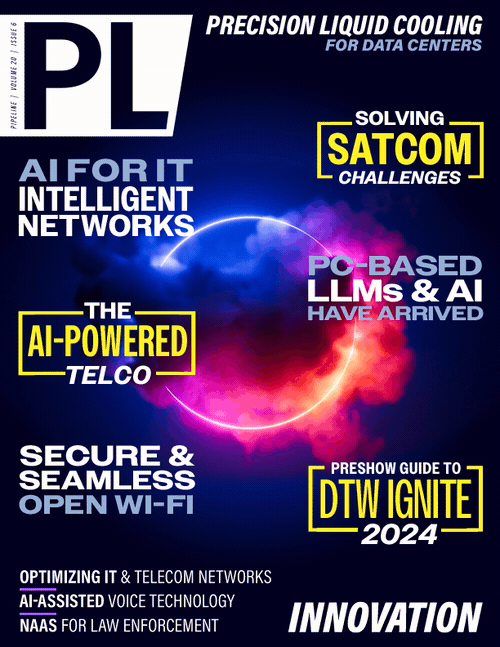Assistive Voice Technology: the Real-time
Solution to Express Yourself
Real-time Assistive Voice Technology (RAVT): for people who cannot generate enough sound but (still) have intelligible articulation like laryngeal cancer, vocal cord paralysis, and benign voice disorders like vocal cord polyps and cysts. (See Figure 1 on previous)
The Unmet Need: Real-time Assistive Voice Technology
As someone who has experienced a stuttering disability myself, I have direct knowledge and understanding of the challenges, emotions, and realities associated with speech disabilities. I know that having this delay is not good enough to solve the problem of being unable to express yourself. Imagine you want to speak over the phone or have a conversation in person with a 2-3 second delay — would you use it?
The predominant focus of these companies for non-standard speech is speech-to-text (STT). Although this STT-TTS approach is beneficial for patients with reduced articulation (ALS, MS, stroke, and Parkinson's' Disease), the high latency creates barriers to having natural conversations with a natural “flow.” With this, the current AI speech technology solutions cannot provide an adequate solution for people with voice disorders who have lost their voice but still have good articulation.
In contrast to the current assistive speech tech, assistive voice technology is audio-to-audio based on AI, resulting in a highly scalable real-time conversion due to its language-independent nature.
Real-time assistive voice technology using whisper-to-speech technology fills this gap and improves the quality of life of a currently underserved group of people who have an affected or (almost entirely) lost voice. It is revolutionary because it takes advantage of the fact that deliberately steering the voice towards whispering is helpful for several disorders due to neurological changes in the speech system. For example, people who stutter severely can reduce their stuttering frequency by an average of 85 percent with whispering. Also, people who suffer from Spasmodic Dysphonia or Recurrent Respiratory Papillomatosis speak much more relaxed and fluently when they whisper.
Maximizing Impact in Advancing Assistive Technologies
Collaborating with esteemed governmental institutions like the Netherlands Cancer Institute and engaging in initiatives such as the Dutch Ministry of Social Affairs and Employment's “Technology for Inclusion” pilot can significantly enhance the reach and efficacy of assistive technologies.
My experiences have shown that such partnerships advance technology and ensure it serves those who need it most. Speaking at key conferences and participating in impactful projects demonstrates how technological innovation can directly contribute to societal inclusion, improving the quality of life for people with disabilities. These collaborations are crucial for driving both innovation and social change forward.
I invite others in the field to join us in forging new partnerships and exploring innovative solutions. Together, we can drive technology forward and achieve profound social change, creating a more inclusive world for everyone.



















